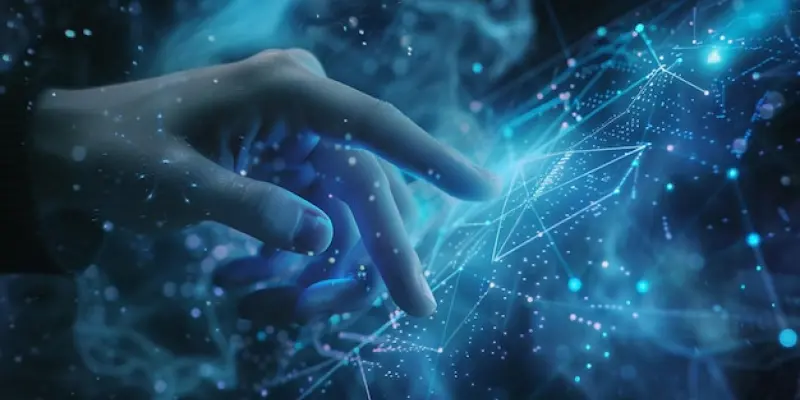Digital transformation is reshaping the very fabric of global development, and the United Nations, steadfast in its mission to foster positive change, is at the forefront of this movement. By harnessing the power of innovation and technology, the UN seeks to navigate the complex challenges facing our world and accelerate progress toward sustainable development goals. As the UN launches bold digital initiatives, the promise of a more impactful future takes center stage, sparking curiosity and anticipation among international communities.
Why the United Nations Embraces Digital Innovation
With an increasingly digital and interconnected world, recent global crises have demonstrated the urgent need for adaptability and innovation. The UN’s drive towards digital transformation stems from the necessity to respond effectively within this dynamic landscape. This shift is not just reactionary—it orchestrates broader trends like rapid technological advancements and places unparalleled emphasis on sustainability. A future-ready approach is imperative to reinvigorate impact and pursue developmental objectives.
Strategic Framework for Digital Transformation
Central to the UN’s digital ambitions is the “quintet of change” framework, comprising data, innovation, digital technologies, foresight, and behavioral science. Elements like the AI Toolkit and Blue Line learning platform exemplify this strategy in action. For instance, the AI Toolkit demystifies artificial intelligence, promoting AI fluency across the UN system. Such tools pave the way for a workforce capable of leveraging these advancements in tangible initiatives. Real-world applications illustrate how these technologies redefine capabilities and elevate productivity standards.
Perspectives from Experts and Leaders
UN officials and digital innovators alike have voiced their support for the organization’s transformative efforts, offering insightful perspectives on obstacles and anticipated achievements. Sharing success stories, those involved illustrate how UN members are utilizing digital resources effectively. A prominent UN official remarked, “Facing complexity means embracing technology that empowers positive change—these tools are not just ideations but instruments of global progress.”
Elevating Digital Literacy for Sustainable Change
Building digital literacy is pivotal to the UN’s strategy, and practical steps are outlined to ensure sustainable impact. Continuous learning is emphasized, underscoring initiatives such as the UN 2.0 Webinar Series to spearhead engagement and education. These online forums cover topics from AI application to prompt engineering, equipping personnel to operate confidently and innovatively within the digital framework. Such endeavors serve as catalysts for a more agile and informed workforce.
Conclusion: Bridging Modern Tools and Global Aspirations
In the pursuit of an innovative footprint, the UN’s digital transition combines sophisticated tools with forward-thinking aspirations. Through strategic partnerships and a robust focus on digital fluency, the organization sets a course toward achieving the Sustainable Development Goals with renewed vigor. UN 2.0 emerges as a paradigm of what global leadership could achieve by modernizing itself with technology at its core. Yet, this is not solely technological advancement—it is a call to action, a commitment to transforming ideals into impactful change that resonates widely and profoundly. Looking to a future laced with possibilities, the initiatives lay the foundations for a more progressive and united international landscape.

